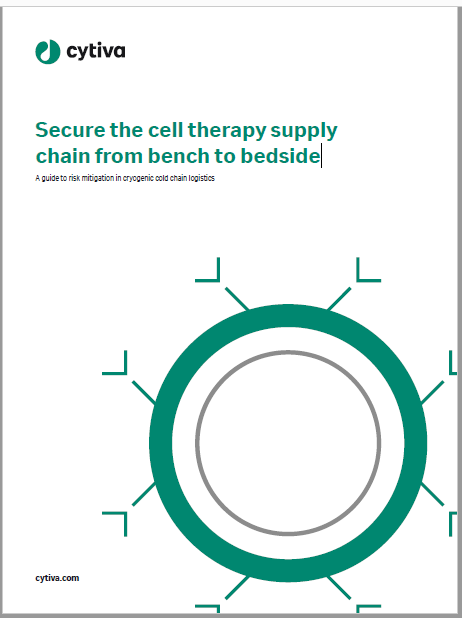
Orphan or rare diseases are conditions that affect a small percentage of the population in a given country. The widely accepted definition in the US is a disease that affects fewer than 200,000 people nationwide. According to the European Commission on Public Health, a rare disease refers to a condition that affects fewer than one in 2,000 people.
More than 7,000 individual rare diseases have been characterised by scientists around the world. According to Global Genes, a US-based non-profit advocacy group for people with rare diseases, an estimated 300 million people worldwide live with one of the 7,000 diseases that are recognised as rare conditions within the US.
The overwhelming majority of rare diseases are caused by genetic defects. This provides a significant opportunity for therapeutics such as monoclonal antibodies, gene therapies, and stem cell therapies, which can effectively manage diseases that lead to life-threatening consequences such as immune deficiency and neuromuscular dysfunction.
There are substantial challenges when it comes to developing drugs for rare diseases. The rarity of these diseases creates challenges for clinical trial recruitment, and funding for research into orphan diseases is challenging to secure. According to the Rare Genomics Institute, a non-profit advocacy group based in the US, around 400 orphan diseases can be treated with pharmacotherapy. This is far below the number of rare diseases that have been characterised, which means that there is ample opportunity for pharmaceutical companies to develop therapies that address the needs of millions of people in this underserved patient population.
Despite the well-understood challenges of developing therapies for orphan diseases, another obstacle is low disease awareness among patients, physicians and members of the general public. Lack of awareness reduces a physician’s ability to accurately detect symptoms and a patient’s ability to gain access to treatment when therapies are available. Examples of rare diseases that can be treated include acromegaly, posterior uveitis and myasthenia gravis. All three of these conditions have symptoms that are either subtle or general in nature, which introduces challenges with diagnosis and subsequent disease management.
Initiatives to raise awareness have been able to help susceptible individuals identify risk factors or undergo genetic testing. This is not always sufficient, however, and many people remain unaware of their risk of suffering from a rare disease over the course of their lifetime. As such, patients can experience significant morbidity for many years before receiving an accurate diagnosis. Late diagnosis is a risk factor for increased mortality when a disease that affects multiple organ systems remains untreated for a long period of time.

US Tariffs are shifting - will you react or anticipate?
Don’t let policy changes catch you off guard. Stay proactive with real-time data and expert analysis.
By GlobalDataIt is critically important that interactions between medical professionals and the general public are optimised so that people feel able to approach their doctor with health concerns, undergo clinical assessments and begin any necessary treatments to reduce their risk of long-term morbidity and a needlessly reduced life expectancy.
Cell & Gene Therapy Coverage on Pharmaceutical Technology supported by Cytiva.
Editorial content is independently produced and follows the highest standards of journalistic integrity. Topic sponsors are not involved in the creation of editorial content.





